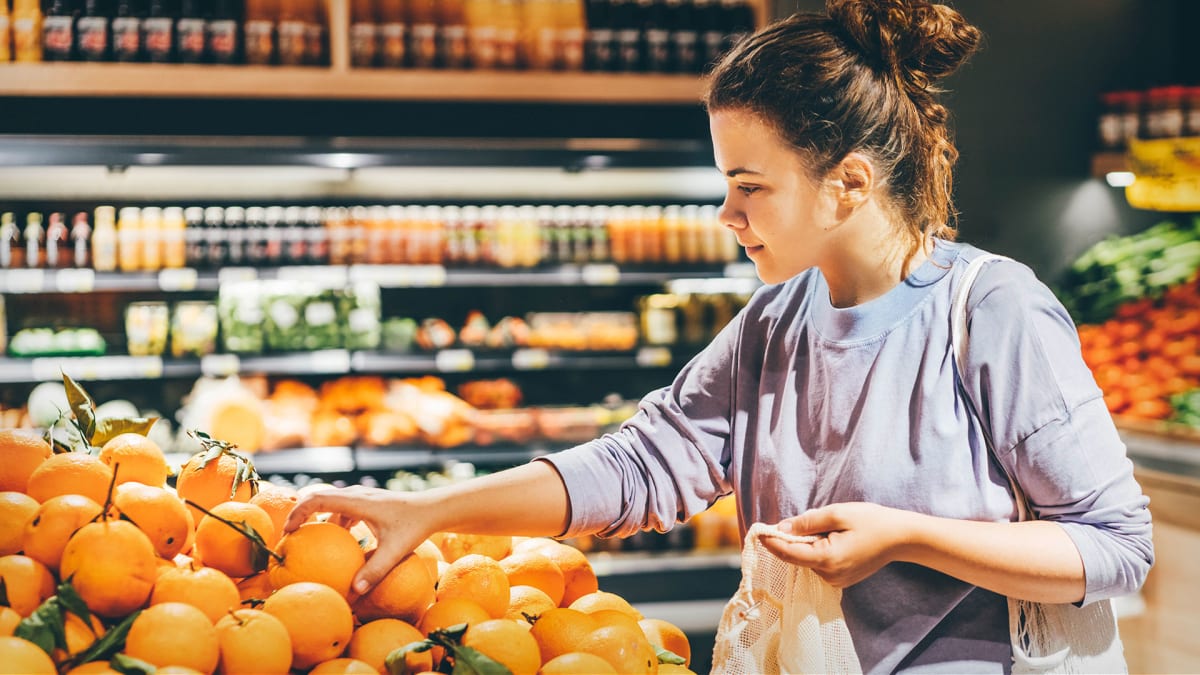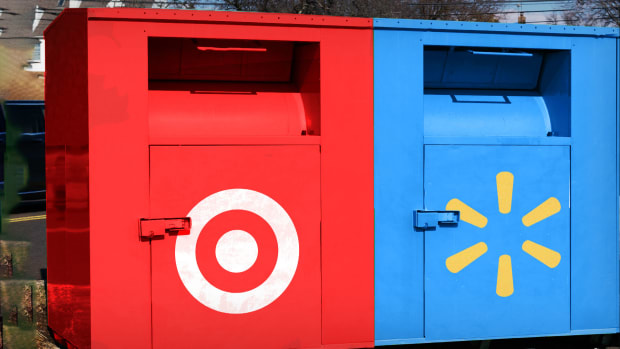
Covid created havoc for retailers in 2021. After a year when Americans suffered through lockdowns and most of us largely stayed at home, the great reopening of 2022 made it really hard for chains to decide what inventory they needed to stock. Add in rising costs in both goods and labor along with supply chain problems and retailers of all sizes faced unique challenges.
This past year was a period when the biggest retailers generally got stronger. Walmart (WMT), Amazon, (AMZN), and Target (TGT) had the customer reach and buying power to avoid many of the supply-chain issues that plagued smaller rivals. Costco (COST) and Dollar General (DG) also had strong years driven by the ability to keep prices in check in the warehouse club's case and its low-cost model and massive footprint in the discount retailers.
In most cases, strength was not reflected in stock prices as fear of a recession, worries about inflation, and inventory concerns tended to be a drag on share prices. It was a unique year for retailers--one likely to not ever be repeated again--and these are the biggest stories from the retail world in 2022.
Kroger, Albertsons Plan to Merge
Rival supermarket companies Kroger (KR) and Albertsons (ACI) shocked many in October when they shared plans for a merger that is one of the largest deals in the grocery industry's history. Subject to regulatory approval, Kroger would purchase Albertson's for about $24.6 billion.
The combined company would give Kroger stores in 48 states and create a supermarket chain that would compete with non-grocery companies such as Walmart and Amazon that have squeezed the industry in recent years.
Together, Kroger and Albertsons have 710,000 employees with nearly 5,000 stores, about 60 distribution centers, and 50 manufacturing plants. They also operate approximately 4,000 pharmacies and 2,000 fuel centers.
In a move designed to satisfy regulators, Albertsons is preparing to establish a subsidiary before the merger's completion. The subsidiary would operate as a standalone public company and would operate more than 100 stores.
"An argument can be made that a stronger combined company could possibly help reduce food inflation as it would have more negotiating power to push back against food producers’ proposed price increases,” said Krisztina Katai, equity research analyst at Deutsche Bank. "It would also mean greater competition for food manufacturers. This comes at a time when consumers are increasingly looking for value and trading into private brands to help reduce the strain of higher food prices."
Kroger Chairman and CEO Rodney McMullen would remain in both leadership positions assuming the merger is completed.

Image source: TheStreet
Target, Walmart Turn Inventory Lemons Into Lemonade
During the pandemic, Americans spent their money on things for their homes. That's why it was a banner year for jigsaw puzzles, as well as televisions, appliances, furniture, and certain electronics. No retailer knew exactly when that trend would end which left Walmart and Target sitting in warehouses full of large, big-ticket items that weren't what customers were looking to buy.
Both companies could have held that inventory and hoped to sell it during the holiday season at decent, if not premium prices. Instead, both Target and Walmart made the tough decision to sell off excess inventory at big discounts. Wall Street did not like that decision, but it was a move that strengthened both companies' ties with their customers while also allowing them to bring in the merchandise that will sell well during the holiday season.
That's essentially what Amazon does each year with its Prime Day event (events this year). It cleans out the warehouse, sells off goods that weren't moving fast enough, and opens up space for the items it expects to be in demand going forward. Only the biggest, most successful retailers can make that kind of call, but by doing it Walmart and Target took a margin hit that set them up for holiday season success.
Five Major Retailers File Bankruptcy in 2022
The retail industry has faced some headwinds in 2022 with rising inflation and worries of a recession taking hold. The inflation rate was 7.7% for the 12 months ending Oct. 31, 2022. Despite the highest inflation rates that the country has seen in about 40 years and several tech firms laying off thousands of workers in recent weeks, the U.S. unemployment rate has been stable. The rate was unchanged in November from October at 3.7% after recording 3.5% in September, the U.S. Department of Labor’s Bureau of Labor Statistics reported.
These economic worries, however, have not led to a wave of retail bankruptcies similar to what the industry endured at the start of the covid pandemic with about 30 major retail bankruptcies filed in 2020, according to Retail Dive, or the financial crisis when about 441 retailers filed for bankruptcy in 2008, S&P Global reported.
Few retail companies have filed for bankruptcy with about five notable retailers filing so far in 2022. The first half of the year had the lowest amount of Chapter 11 filings in 12 years, BDO U.S.A. reported. The biggest name to file was cosmetics company Revlon, which filed Chapter 11 reorganization on June 16. Sporting goods retailer Olympia Sports Acquisition, which operated about 150 stores at one time in the Northeast, filed for Chapter 11 liquidation on Sept. 11 with plans to close down its remaining 35 stores.
Computer retailer Simply Inc., which operated 42 Simply Mac stores in 18 states, filed for Chapter 11 on June 14, home furnishings retailer Cherry Man Industries filed for bankruptcy on March 18, and BH Cosmetics Holdings filed Chapter 11 on Jan. 18.
Drive-Up: From Pandemic Necessity to Required Service
As the pandemic settled in as a stark reality in early 2020, retailers scrambled to adapt to a landscape where people were afraid to enter stores for fear of contracting the virus. But those businesses also needed their customers to thrive, so they had to scramble to find a way to continue to bring in money.
While many big-name retailers embraced drive-up to keep their businesses alive during this frightening time, the availability of the service quickly spawned the realization that people could not only stay safer in this way, but also cut down on stress and time spent by simply ordering online and having their groceries or household items delivered to their car.
Target saw an opportunity in the service and decided to expand it in 2022, dedicating a full row in its parking lot to drive up and also offering returns and Starbucks orders directly to the car.
While curbside services are still offered everywhere from Walmart to Kroger, Target embraced it in a way that few other retailers did, locking the service in as a permanent fixture. This has raised the bar for the rest of the industry--meaning it's likely we'll see other retailers that offer drive-up adding more features to the service come 2023.







